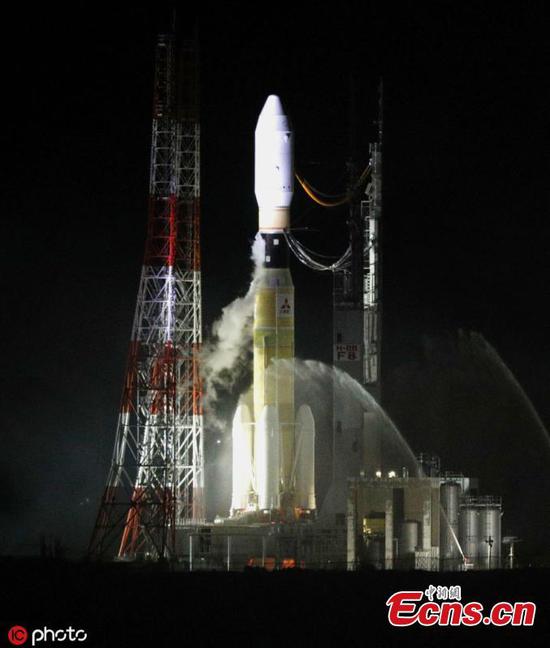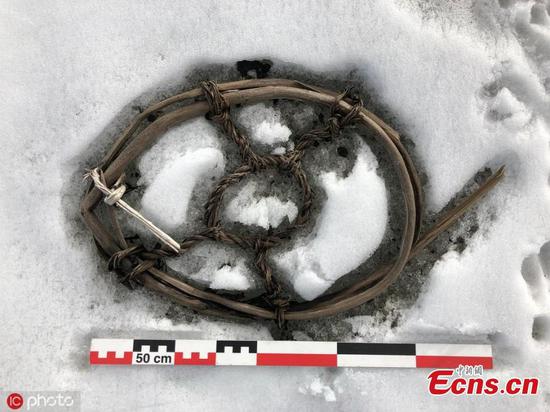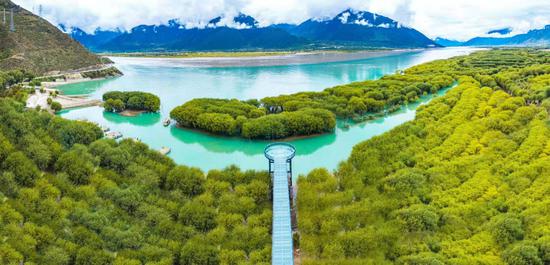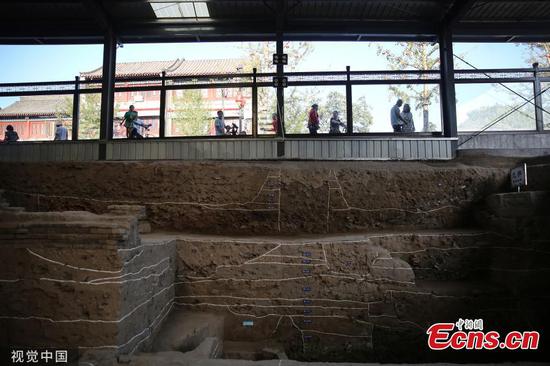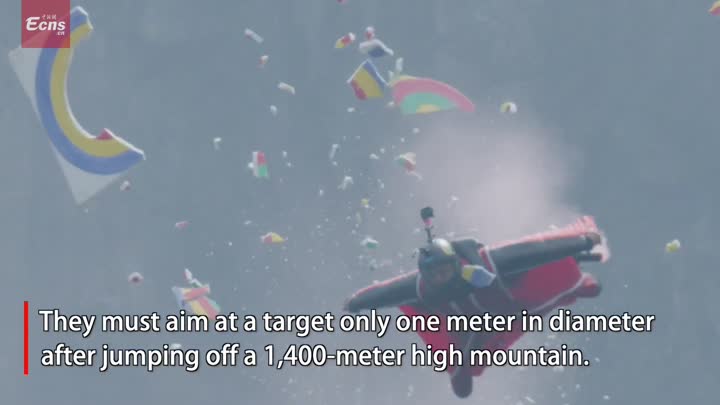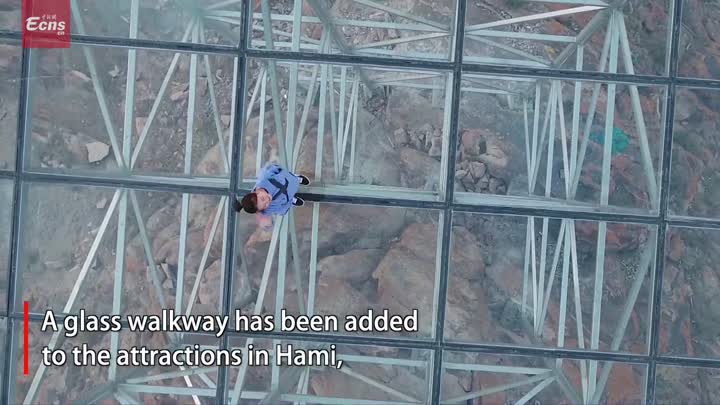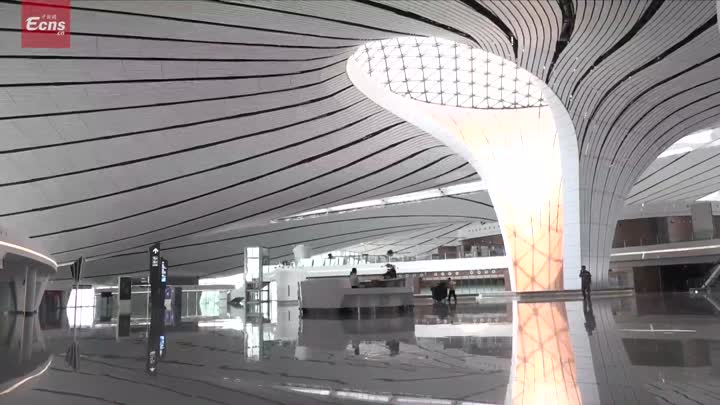
In Norway, archaeologists do not have to dig, they just wait for ice to thaw and finds to be revealed. Fascinating pictures show a few of the recent finds, uncovered mainly in August, of The Glacier Archaeology Program in Oppland. They include artefacts from the Viking and medieval periods, with some discoveries, such as an arrow made from an antler, thought to be up to 2,000 years old. The team say the combination of climate change and very well preserved artefacts melting out of the ice has made glacial archaeology possible. Many of these finds would have decomposed in other environments but have been almost perfectly preserved buried in the ice. (Photo/IC)
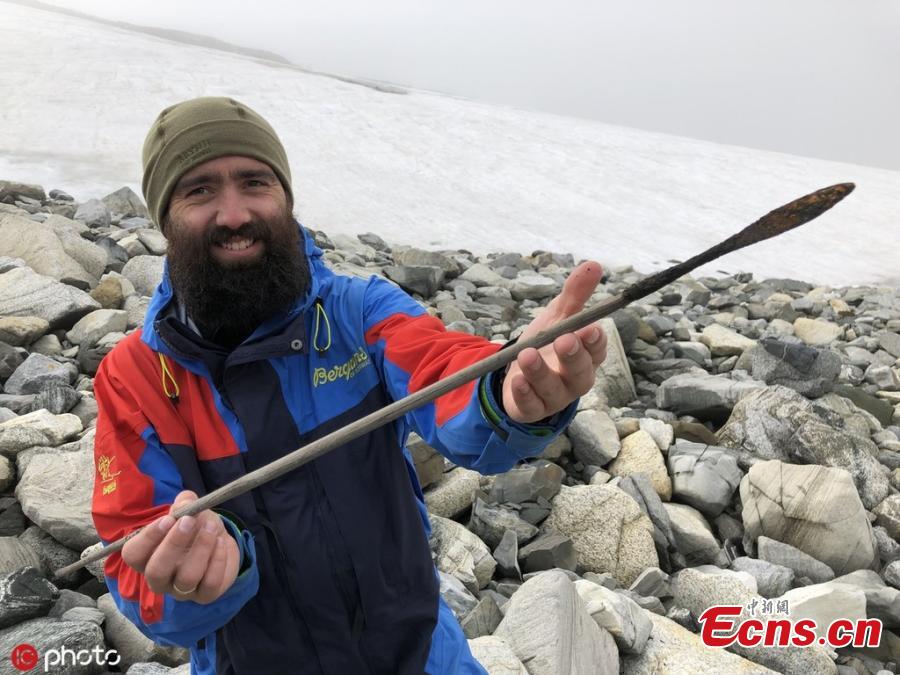
In Norway, archaeologists do not have to dig, they just wait for ice to thaw and finds to be revealed. Fascinating pictures show a few of the recent finds, uncovered mainly in August, of The Glacier Archaeology Program in Oppland. They include artefacts from the Viking and medieval periods, with some discoveries, such as an arrow made from an antler, thought to be up to 2,000 years old. The team say the combination of climate change and very well preserved artefacts melting out of the ice has made glacial archaeology possible. Many of these finds would have decomposed in other environments but have been almost perfectly preserved buried in the ice. (Photo/IC)
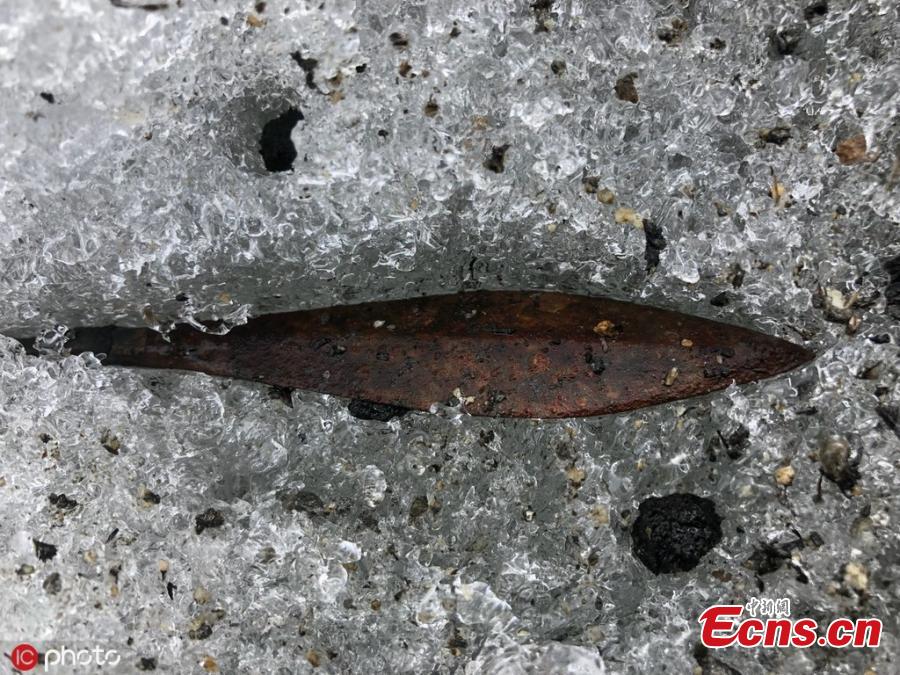
In Norway, archaeologists do not have to dig, they just wait for ice to thaw and finds to be revealed. Fascinating pictures show a few of the recent finds, uncovered mainly in August, of The Glacier Archaeology Program in Oppland. They include artefacts from the Viking and medieval periods, with some discoveries, such as an arrow made from an antler, thought to be up to 2,000 years old. The team say the combination of climate change and very well preserved artefacts melting out of the ice has made glacial archaeology possible. Many of these finds would have decomposed in other environments but have been almost perfectly preserved buried in the ice. (Photo/IC)











